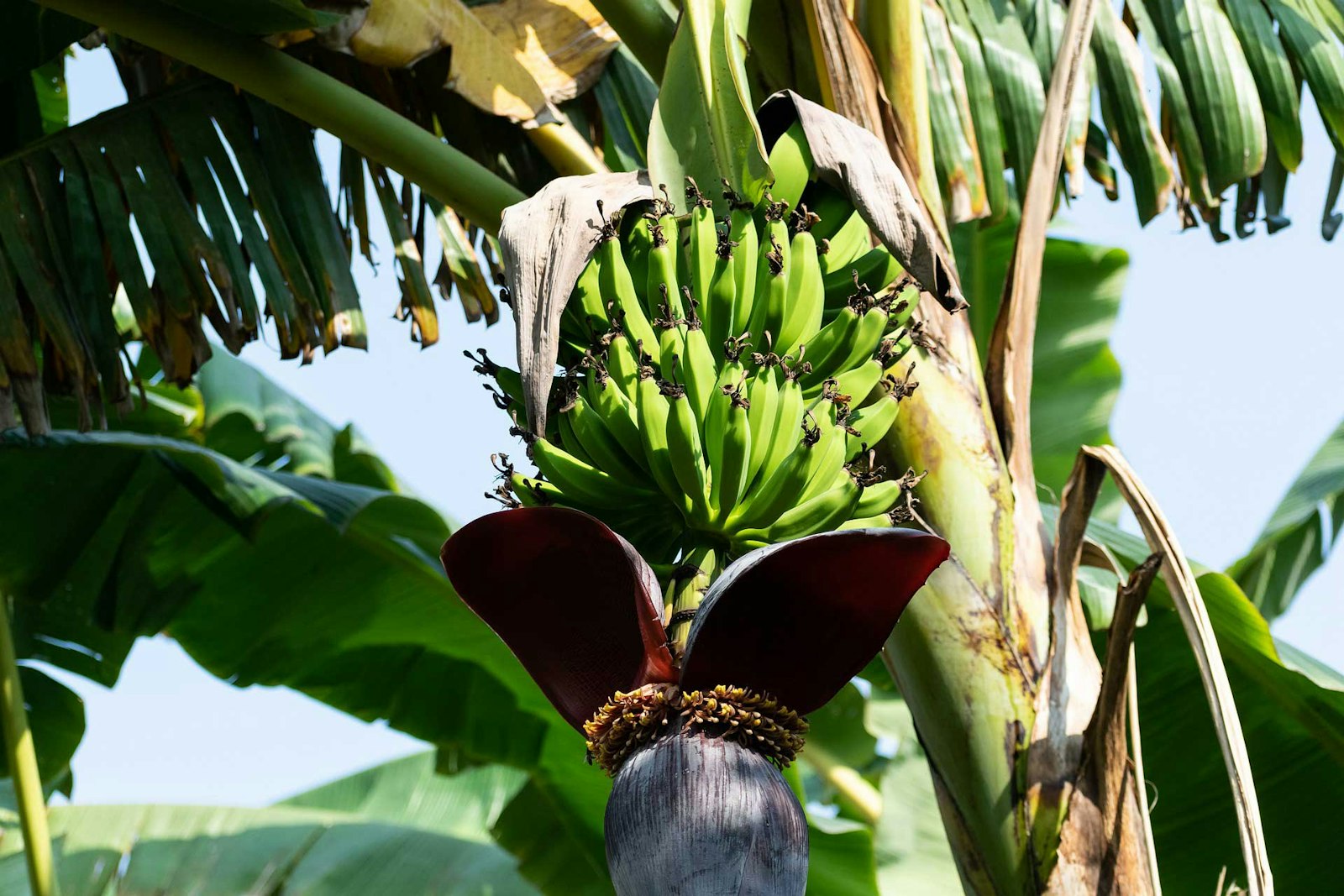People tell me I’m obsessed with sheep. Maybe it’s because they’re the only animal I can draw: make a cloud and add some legs. Maybe it’s their undeniable cuteness--my old studio was decorated with gazillions of sheep knickknacks, to the extent of overwhelming first-time visitors. But mostly, it’s their amazing fleece that attracts me to sheep. Once I started processing raw fiber for my spinning, breed characteristics also became part of my sheepy addiction. Posters, photos, and books about different breeds worked their way into the studio and into my brain. Throw in color, and anyone could spend a lifetime playing with all these variables. Yet I’ve only dealt with breeds and colors as projects came up. Get some Merino fleece, spin it up, and see what happens. Dye a BFL braid, examine the yarn it makes, and then explore overdyeing. Try blending different colors in batts on my drumcarder. A more systematic approach would provide some baseline principles, so that I wouldn’t have to reinvent the wheel every time. Fleece samples from different primitive breed strains would let me experience all their idiosyncracies for myself. If only I can make the time for a breed study this year! The new Adventures in Fleece kit includes all the resources, including wool samples from 14 different sheep breeds--for my needs, it’s far more convenient than buying entire fleeces. Melanie Smith documents her breed study adventures in the Spring 2015 issue of Spin-Off, and she shares a lovely crocheted afghan to display the yarn. I certainly won’t make enough yarn from a sample kit for the afghan, but it would be a shame to waste this opportunity. So as the breed study becomes more important in my crafting queue, it seems smart to plan ahead. Usually the fiber tells me what sort of yarn it wants to be, and the finished item follows from the yarn. That approach won’t work so well with 14 breeds in different colors. What would you make from small amounts of yarn? If you couldn’t wear browns, tans, or brown-grays tones, how would you keep them from dominating a knitted hat or woven scarf left in natural colors? Would a multi-study (natural dyes plus different breeds) complicate things too much? With all the other changes in my world--packing and moving, starting a new job, setting up a new home studio--my quest for breed information can only handle so much excitement! Deb | ||||||||



